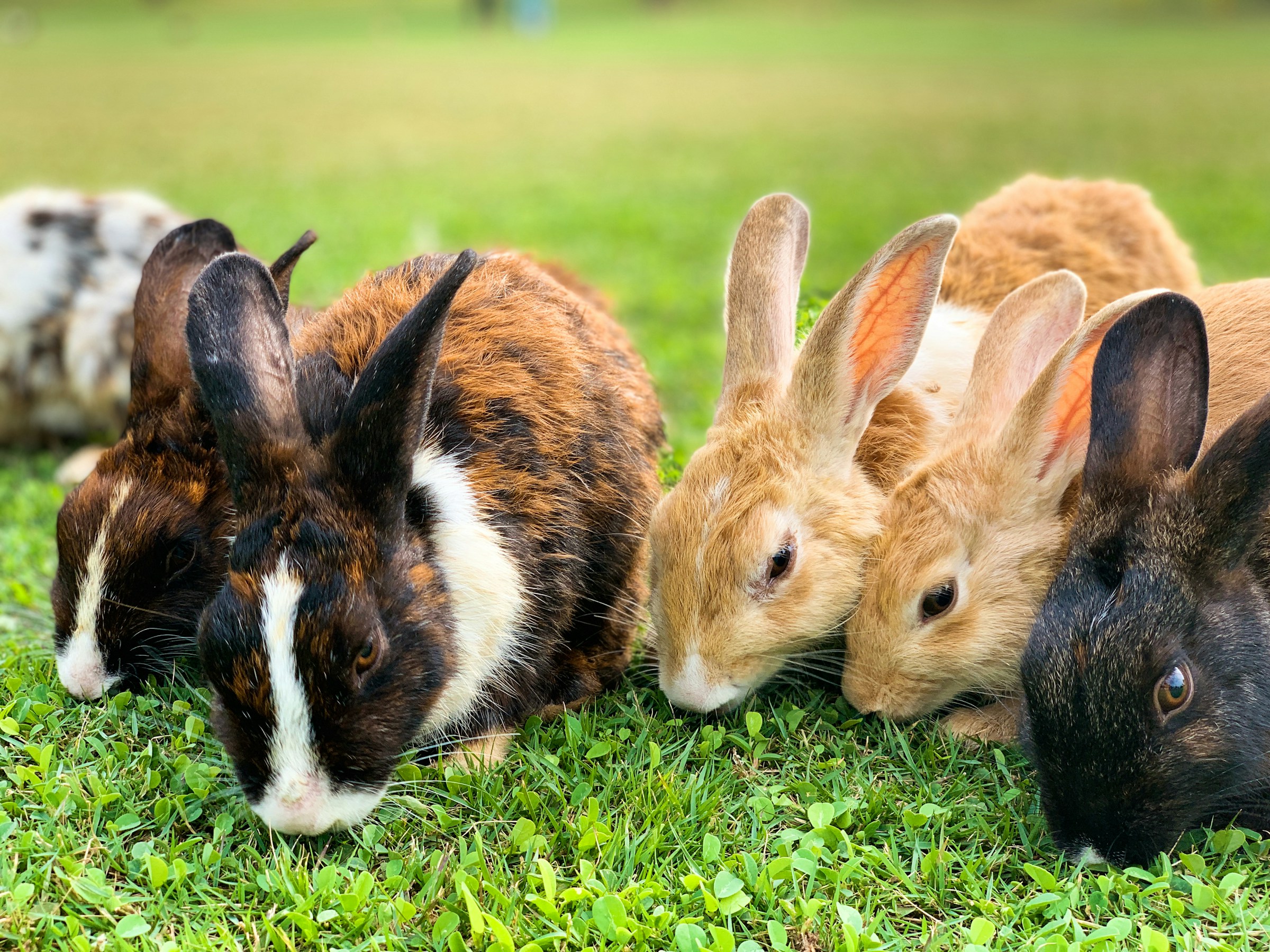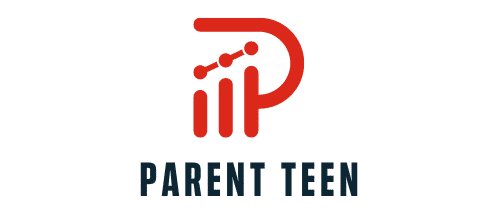What Are the Best Techniques for Hand-Rearing Orphaned Wild Rabbit Kits?

Caring for orphaned wild rabbit kits is a challenging yet rewarding task. It requires a deep understanding of their unique needs and the best methods to help them survive and thrive. In this article, we will walk you through the best techniques for hand-rearing these adorable little beings. From feeding schedules to the appropriate formula, we’ve got you covered.
Recognizing Orphaned Wild Rabbit Kits
Before diving into the techniques, it’s important to recognize when a wild rabbit kit is truly orphaned. Sometimes, well-meaning people assume a baby rabbit is orphaned because they don’t see the mother around. However, mother rabbits, also known as does, often leave their young in the nest during the day to avoid attracting predators.
This might interest you : How to Provide Adequate Care for a Senior Dog with Mobility Issues?
It is crucial to confirm that the baby rabbit is truly orphaned. You can do this by observing the nest for more than a day. If the mother does not return and the babies appear weak or dehydrated, it’s time to step in.
Preparing a Suitable Environment
Creating an environment that closely mimics the natural one is essential for the survival of the baby rabbits. This involves the use of a small box or container lined with soft, warm material such as towels or fleece. The box should be kept in a quiet, warm, and dimly lit place.
Additional reading : How to Train a Deaf Dog Using Light Signals?
Temperature regulation is vital as baby rabbits cannot regulate their body temperature. Ensure that the temperature is maintained between 65-75°F (18-24°C). A heat pad can be used, but ensure that it only covers half the box to avoid overheating.
The Right Formula for Feeding Rabbit Babies
Feeding is a critical part of caring for orphaned wild kits. The type of formula you choose can make a significant difference in their survival and growth.
A baby rabbit’s digestive system is sensitive, so feeding them the right milk formula is crucial. Kitten milk replacer (KMR) or goat milk are commonly used as they closely resemble the nutritional content of a doe’s milk.
Feed the babies with a small syringe or dropper. Be sure to feed them slowly to prevent aspiration, which could lead to pneumonia.
In the first week of their life, feed the wild rabbit kits twice a day. Increase this to three times per day in the second week, and four times per day from the third week onwards.
Monitoring Health and Growth
Tracking the health and growth of the kits is crucial in determining if your care techniques are working. The baby rabbits should gain weight steadily. Monitor their weight daily using a kitchen or postal scale.
Regularly check the kits for signs of illness. These may include diarrhea, bloating, lethargy, or a loss of appetite. If you notice any of these symptoms, seek immediate veterinary help.
Preparing for Release
As the baby rabbits grow, it is important to prepare them for eventual release back into the wild. This process should begin when the rabbits are about three weeks old.
To habituate them to their natural environment, gradually decrease the temperature within their enclosure. This will help the kits acclimatize to outside temperatures.
Diversify their diet by introducing small amounts of hay, grass, and leafy greens. This will prepare their digestive system for the food they’ll encounter in the wild.
Ensure the kits can hop and evade danger before releasing them. A good rule of thumb is that they should weigh about one pound and be able to eat greens on their own.
Remember, orphaned wild rabbit kits require specialized care. While it’s rewarding to see them grow and thrive, it’s always better to prevent them from becoming orphans in the first place. Leave wild rabbits in the wild whenever possible and educate others about the importance of doing the same.
Providing Essential Care to Baby Rabbits
Once you’ve confirmed orphaned status and prepared an appropriate nest, the journey of caring for a wild rabbit kit begins. Your top priority is to ensure they stay warm, fed, and hydrated.
Warmth is essential, as baby rabbits cannot generate their own heat. Maintain the nest temperature between 65-75°F (18-24°C). You can use a heat pad, but remember to place it only beneath half of the nest. This way, the kits have the option to move away if they start to overheat.
Hydration is also paramount. Dehydration can be lethal to baby rabbits. To ensure they’re getting enough water, check their skin elasticity daily. In a properly hydrated rabbit, the skin should snap back when lightly pinched. If it doesn’t, seek professional veterinary help immediately.
You must also sterilize all your feeding and care equipment to avoid any infections. Remember, the kits are vulnerable to bacteria and viruses; cleanliness can be a life-saver.
Understanding Rabbit Behavior
Understanding wild rabbit behavior can significantly improve your care techniques. Wild rabbit kits are not accustomed to human interaction, so it’s best to minimize handling. Excessive handling can cause stress, leading to health problems in the long run.
You might also notice that baby rabbits are crepuscular, which means they are most active during dusk and dawn. Observing their natural rhythm can help you align their feeding schedules and activities accordingly.
If you notice any unusual behavior, such as lack of movement, lack of appetite, and irregular breathing, it could indicate an underlying health issue. Refer to a professional if such behaviors persist.
Conclusion
Hand-rearing orphaned wild rabbit kits is a commitment that requires a deep understanding of their needs and behavior. Although it can be challenging, it’s an incredibly rewarding experience.
If you find baby rabbits in the wild, ensure that they are genuinely abandoned before intervening. Always remember, the wild is where they belong – our job is to assist them to return there safely. When they are big enough and capable of eating greens on their own, it’s time to bid them goodbye and wish them well on their journey back to the wild.
Leave wild rabbits in the wild whenever possible and educate others about the importance of doing the same. This is a preventive measure to reduce the number of orphaned rabbits in the wild. Your local wildlife rescue can provide further education and resources to help educate your community. Stand up for these adorable creatures and be their voice to ensure their survival and prosperity in the wild.
